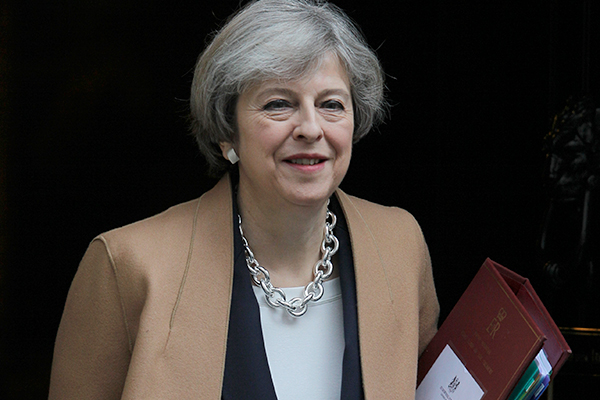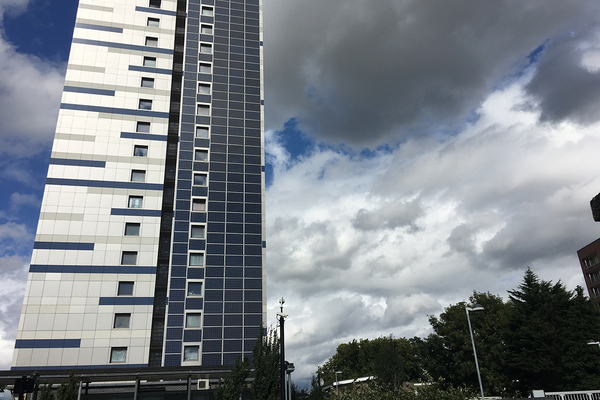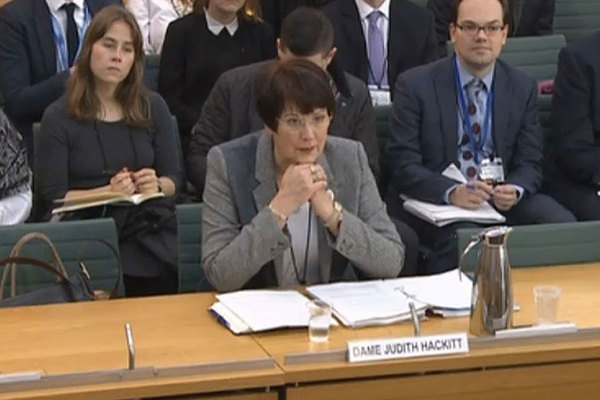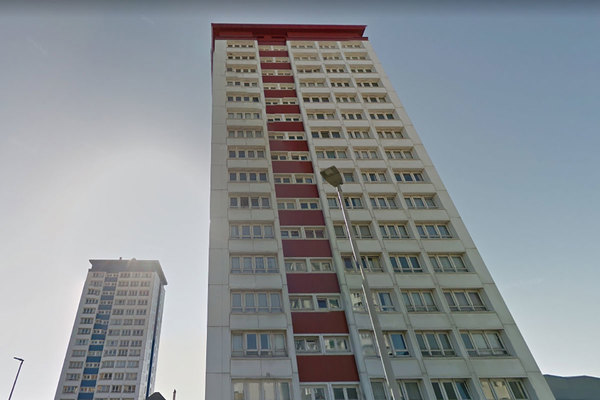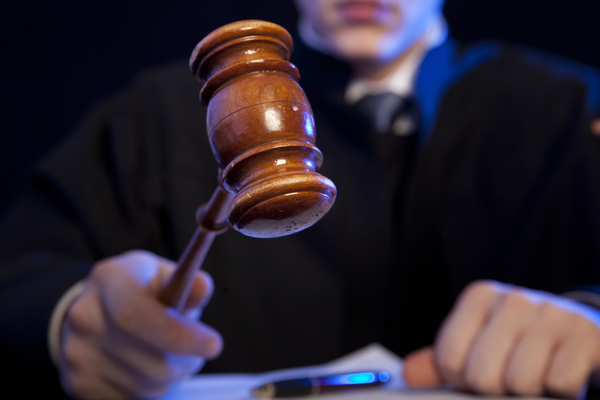Government to fully fund replacement of dangerous cladding
The government will fully fund the removal and replacement of dangerous cladding for councils and housing associations, the prime minister has announced.
Conservative MP Bob Blackman asked Theresa May for an update on the work done by the government to ensure that tower blocks around the country are safe at Prime Minister’s Questions.
Ms May replied: “Councils and housing associations must remove dangerous cladding quickly, but paying for these works must not undermine their ability to do important maintenance and repair work.
“And I’ve worked closely with my right honourable friends the chancellor and the housing secretary, and I can today confirm that the government will fully fund the removal and replacement of dangerous cladding by councils and housing associations, estimated at £400m, and the housing secretary will set out further details later this week.”
The government has refused for some time to fund the removal of cladding found not to be fire-safe in tests following the Grenfell Tower fire.
Up to now, only four councils had been promised financial help with such work, despite 36 councils submitting requests for aid.
Nationally, there are 317 towers known to have aluminium composite, of which 304 towers need the cladding removed.
Councils and housing associations own 158 of these, with removal work having begun on 104 and completed on just seven.
Camden Council alone is spending between £50m and £56m to remove cladding from five towers, casting doubt on the government’s belief that the work can be completed for a £400m price tag.
The government has previously repeatedly said it will not allow financial restraints to prevent cladding removal work, but has required councils and associations to borrow the money privately to carry out the work.
This has resulted in warnings that repairs and development schemes will suffer as social landlords shift millions of capital spending into removal projects.
The National Housing Federation has called for a national, state-funded programme of works to remove cladding from buildings.
It follows months of wrangling over building regulations, with the government defying the view of many in the industry that official guidance permitted the use of Class 0 panels, now known to be dangerous.
It is not yet clear what will become of at least 132 private sector buildings where dangerous cladding has been identified.
Leaseholders in these blocks currently face extortionate bills to fund removal works with building owners refusing to pay.
Mayors Andy Burnham and Sadiq Khan have both called on the government to fund the costs of removing cladding from private blocks.
The Paper Trail: The Failure of Building Regulations
Read our in-depth investigation into how building regulations have changed over time and how this may have contributed to the Grenfell Tower fire:
Never Again campaign
In the days following the Grenfell Tower fire on 14 June 2017, Inside Housing launched the Never Again campaign to call for immediate action to implement the learning from the Lakanal House fire, and a commitment to act – without delay – on learning from the Grenfell Tower tragedy as it becomes available.
One year on, we have extended the campaign asks in the light of information that has emerged since.
Here are our updated asks:
GOVERNMENT
- Act on the recommendations from Dame Judith Hackitt’s review of building regulations to tower blocks of 18m and higher. Commit to producing a timetable for implementation by autumn 2018, setting out how recommendations that don’t require legislative change can be taken forward without delay
- Follow through on commitments to fully ban combustible materials on high-rise buildings
- Unequivocally ban desktop studies
- Review recommendations and advice given to ministers after the Lakanal House fire and implement necessary changes
- Publish details of all tower blocks with dangerous cladding, insulation and/or external panels and commit to a timeline for remedial works. Provide necessary guidance to landlords to ensure that removal work can begin on all affected private and social residential blocks by the end of 2018. Complete quarterly follow-up checks to ensure that remedial work is completed to the required standard. Checks should not cease until all work is completed.
- Stand by the prime minister’s commitment to fully fund the removal of dangerous cladding
- Fund the retrofitting of sprinkler systems in all tower blocks across the UK (except where there are specific structural reasons not to do so)
- Explore options for requiring remedial works on affected private sector residential tower blocks
LOCAL GOVERNMENT
- Take immediate action to identify privately owned residential tower blocks so that cladding and external panels can be checked
LANDLORDS
- Publish details of the combinations of insulations and cladding materials for all high rise blocks
- Commit to ensuring that removal work begins on all blocks with dangerous materials by the end of 2018 upon receipt of guidance from government
- Publish current fire risk assessments for all high rise blocks (the Information Commissioner has required councils to publish and recommended that housing associations should do the same). Work with peers to share learning from assessments and improve and clarify the risk assessment model.
- Commit to renewing assessments annually and after major repair or cladding work is carried out. Ensure assessments consider the external features of blocks. Always use an appropriate, qualified expert to conduct assessments.
- Review and update evacuation policies and ‘stay put’ advice in the light of risk assessments, and communicate clearly to residents
- Adopt Dame Judith Hackitt’s recommended approach for listening to and addressing tenants’ concerns, with immediate effect
CURRENT SIGNATORIES:
- Chartered Institute of Housing
- G15
- National Federation of ALMOs
- National Housing Federation
- Placeshapers
